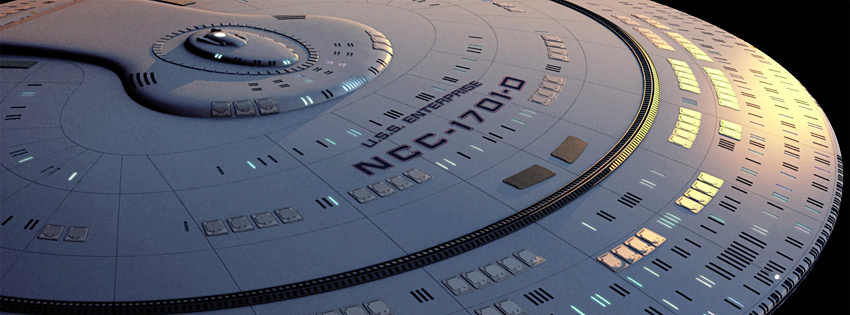Space is vast and empty. In most cases, there are dozens of light years between neighboring star systems, and nothing of note within those light years. So, how does a stellar empire, like the Cardassian Union, or the United Federation of Planets, control all that space?
They don’t.
Space is a never-ending void of nothing -- no resources to claim, no value to protect. What matters most, are the planets and the spacial phenomena that punctuate that void. So, when an empire expands, it claims new planets, in new star systems, and then defends those planets and star systems with bases, ships, mines, probes, etc. As a result, controlled space consists of only the star systems and spacial phenomena, while all the area in between remains empty – unclaimed, unprotected, and unimportant.
When you see a stellar map, there are no interstellar borders. You cannot delineate a two-dimensional line through three-dimensional space, and have it mean something. You cannot violate borders in deep space, because there are no “borders” in deep space. Instead, claimed space looks a lot like the image in this post.
Empires protect their star systems. To cross into an enemy star system, is to invade their space. So the “borders” of an empire are actually just the collective outer edges of each controlled star system. The space in-between those star systems is lawless and empty. Sure, it might contain a well-traveled trade route between systems, but it doesn’t belong to anyone, and it cannot be realistically defended.
In addition, since data cannot be transmitted faster than warp 1, there would be no point in borders through deep space, because ships could cross those borders faster than the warning signal could reach the nearest defended base.
It is also worth noting that ships cannot be tracked at warp. So even if an enemy did choose to attack a star system, there would be no way to know they were coming until they dropped out of warp near the target star system. This is why star systems are defended by fleets. Within the Federation, those defensive fleets consist of ships from the Federation Port Guard.
As a result of all these limitations, interstellar wars are not fought across borders. Wars take on more of a “planet-hopping” format, as invasion forces struggle to conquer neighboring star systems one at a time. In addition, since ships cannot be tracked at warp, and communication cannot occur between ships at warp, long-distance fleet operations become a logistical nightmare. Space itself, therefore, becomes a natural border, because the physical limitations of that space (and traveling through it), make coordinated long-distance wars far too dangerous and impractical to pursue.
-Lieutenant Sam Archer
-------------------------------------------------------------
October 1, 2364 -- (Original Devron Timeline)

